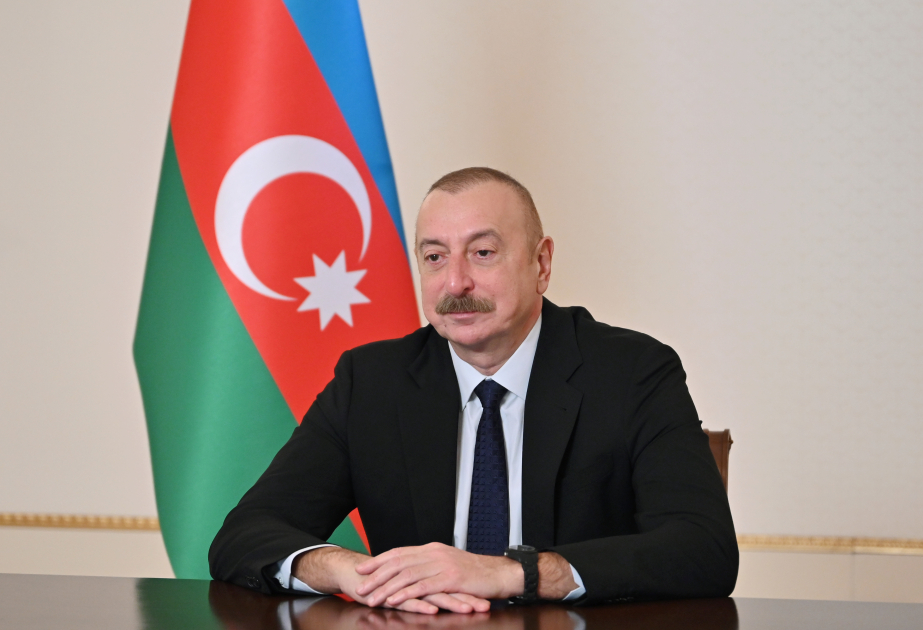AZERTAC presents an exclusive interview with an expert in the field of global energy, international oil economist, senior consultant at the World Bank, and visiting professor on energy issues, Dr. Mamdouh Salameh.
- Dr. Salameh, how do you assess the current situation on the global oil market in the context of geopolitical instability and energy transition efforts? To what extent do you think the OPEC+ strategy of managing oil production and stabilizing prices remains effective in the medium term?
- The current situation in the global oil market is a tug of war between solid fundamentals and robust demand and manipulations of the market by the United States under Trump in cahoots with the International Energy Agency (IEA) and oil traders and speculators to keep Brent crude oil price in the range of $40-$50 for the benefit of the US economy. All this is happening against an escalating geopolitical situation between the United States and Israel on the one hand and Iran on the other regarding Iranian nuclear activities and also Israel’s war and genocide against the Palestinians in Gaza.
Any joint US-Israeli attack on Iran’s nuclear installation could result in Iran disrupting oil and gas shipments via the Strait of Hormuz through which some 20 million barrels of oil (mbd) and 110 million tons (mt) of Qatari LNG annually pass. This could initially lead to a rocketing of Brent crude price to $120-$130 a barrel and a doubling of LNG prices.
OPEC+ made a grave error if not a blunder by rolling back its voluntary production cuts in three instalments each 411,000 barrels a day (b/d) thus depressing oil prices further at a time when Brent was hovering around low £60s and when the majority of the OPEC+, members needs a minimum Brent price of $85 to balance their budgets. In so doing, OPEC+ has lost a lot of credibility and exposed divisions among its members.
- How do you see the future of fossil fuels in the global energy mix, given the growth of investments in renewable energy? Is it realistic to expect peak oil demand by the 2030s, or is this an overly optimistic forecast?
- Fossil fuels will remain the backbone of the global economy and the driving force behind it throughout the 21st century and probably far beyond. The is supported by the fact that fossil fuels’ share of the global primary energy mix has been ranging from around 81%-82% for more than thirty years and this isn’t going to change despite the growth of investments in renewables.
The reason is that renewables (solar and wind energy) are incapable on their own of satisfying the global demand for electricity because of their intermittent nature meaning that if the weather is cloudy or the wind is still neither solar nor wind electricity can be generated. Today’s technology doesn’t allow yet for storing solar and wind energy in summer for use in winter. This means that renewables will always need considerable amounts of natural gas, coal and nuclear energy to support continued electricity generation during intermittence. Moreover, coal still generates the cheapest electricity in the world.
The International Energy Agency’s (IEA) projection of a peak oil demand by 2030 is flawed and unsubstantiated. Research by OPEC+, US oil supermajors and trends in the market all confirm that there will be no peak oil demand 60 years from now.
- How do you think recent conflicts, particularly in Ukraine and the Middle East, have affected the global energy security map?
- The Ukraine conflict has shifted the flow of Russian oil and gas exports from west to east meaning from the European Union (EU) to Asia. Russia has very successfully managed to open new markets in Asia becoming the largest supplier of oil to both China and India and gas (to China) and maintaining its global energy dominance.
And despite the most atrocious Western sanctions against it, it still managed to supply the EU with 20% of its LNG imports in 2024 and sizeable volumes of gas mostly through the Turk Stream gas pipeline connecting Russia with Türkiye under the Black Sea.
The escalation of tensions in the Middle East hasn’t yet led to a disruption of energy supplies. It has only led to a rise in shipping costs for tankers avoiding the Red Sea and sailing around the Cape of Good Hope and an additional $3-$4 in oil prices.
Both conflicts have added an element of insecurity to the global energy map but the real danger remains in a disruption of energy supplies via the Strait of Hormuz.
- What role do you think the Persian Gulf and Russia will play in the global oil and gas market in the coming years?
- In terms of oil supplies the Gulf region and Russia will remain quintessential for keeping the world well supplies with oil. In fact, I go as far as to say that the last three produced barrels of oil will come from three regions: The Gulf region, Venezuela’s Orinoco Belt and Russia’s Arctic with the very last barrel coming from Iraq.
As for gas, Russia and the Gulf region (Iran and Qatar) and Central Asia gas producers including Azerbaijan will continue to dominate the global gas scene throughout the 21st century and probably far beyond particularly if the Gas Exporting Countries Forum (GECF) eventually becomes an OPEC-like organization for gas in the next 3-4 years.
- How do you assess the role of Azerbaijan as a supplier of oil and gas to the European market in the context of reducing the EU's dependence on Russian energy resources?
- Since the discovery of oil in 1846, Azerbaijan has been a reliable and major producer and exporter of crude oil and gas. That is why its oil and gas industry have an outstanding international reputation.
Azerbaijan’s major producing oilfields like Azeri-Chirag-Gunashli, Shah Deniz and Absheron are showing signs of a steady depletion of reserves and a decline in production.
In 2024, the country produced 50.3 billion cubic meters (bcm) of natural gas. During this period, gas exports amounted to 25.2 bcm, which was 5.8 % higher than the same period in 2023. 12.9 bcm of gas were exported to the EU, 9.9 bcm went to Türkiye 5.6 bcm of which went via the TANP gas pipeline and more than 2.4 bcm to Georgia.
Azerbaijan’s gas exports to the EU haven’t had any impact on Russian gas exports since the start of the Ukraine conflict. Azerbaijan is still exporting the same volumes it has been exporting before the conflict. This could change if Azerbaijan is able to raise its exports but this depends on expanding the capacity of both the Southern Gas Corridor (SGC) and the TANAP-TAP gas pipes and discovery new gas reserves.
- How do you assess Azerbaijan's energy strategy for the next 10-15 years? Is Baku capable of balancing traditional oil and gas exports with global trends towards green energy?
- Azerbaijan’s energy strategy for the next 10-15 years should aim to prevent a precipitous fall in its oil and gas production and exports and also continue to explore for new oil and gas reserves.
I don’t see any conflict between Azerbaijan investing in oil and gas and expanding its use of both solar and wind electricity. It will certainly need both and the whole world will also need both fossil fuels and renewables.



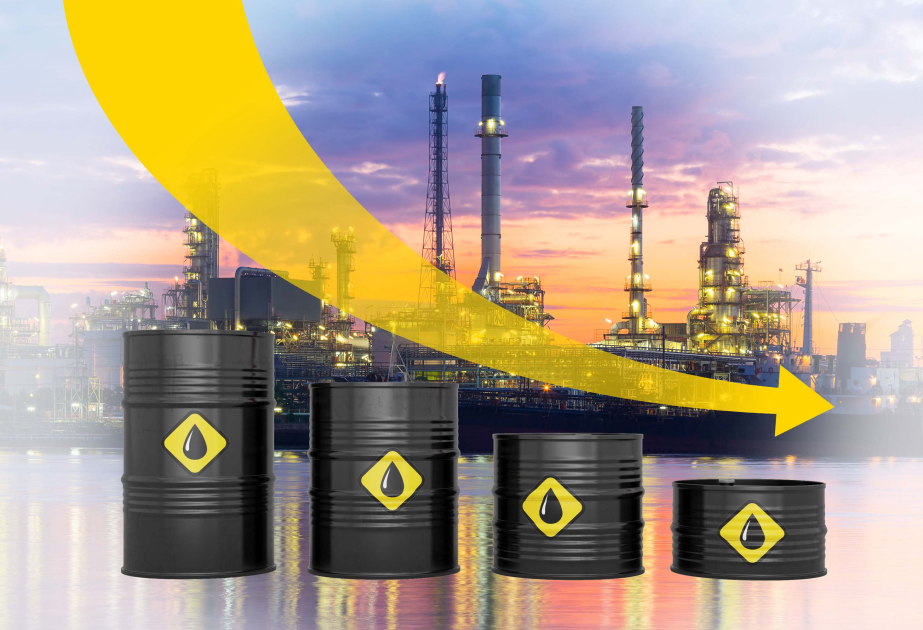
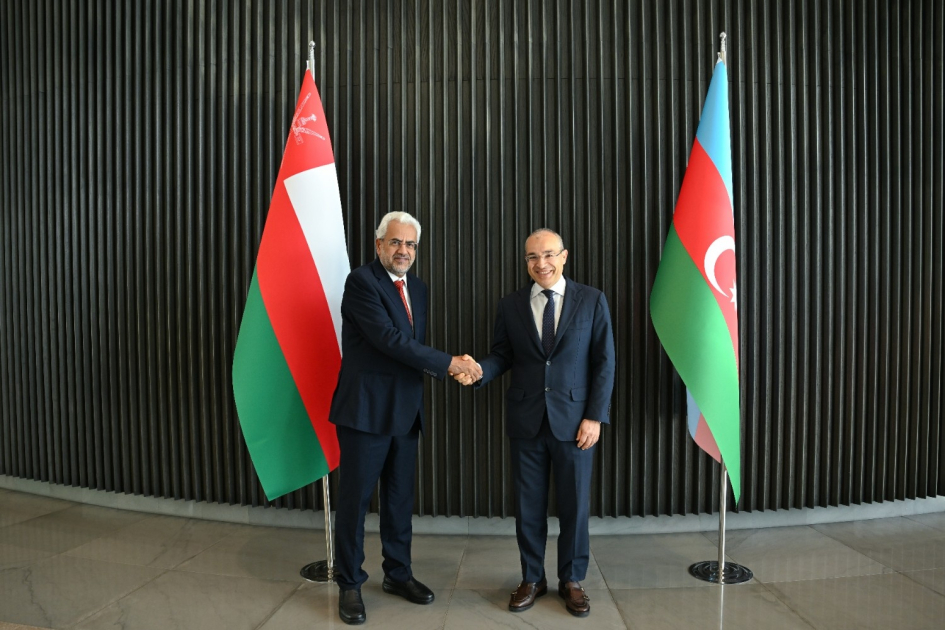
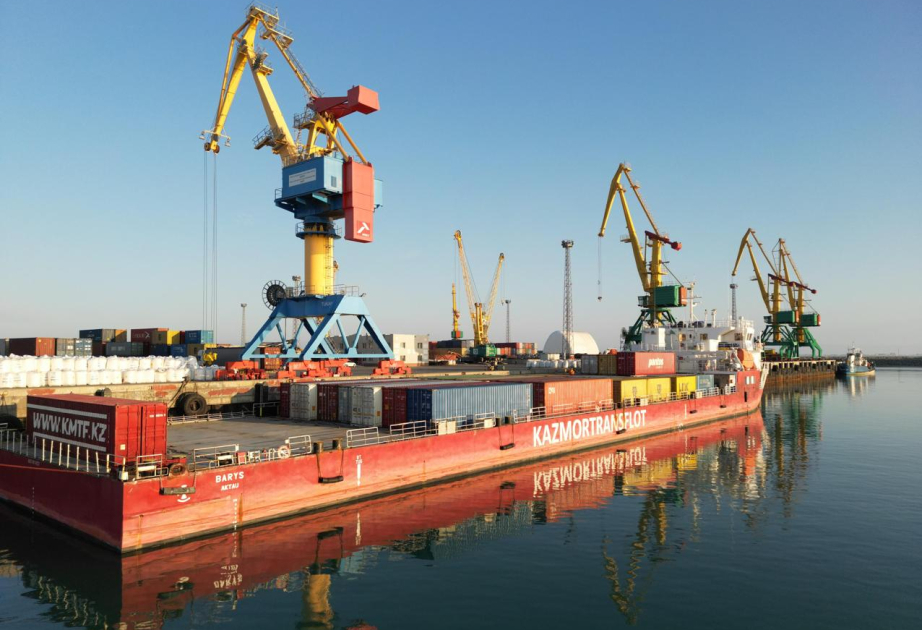
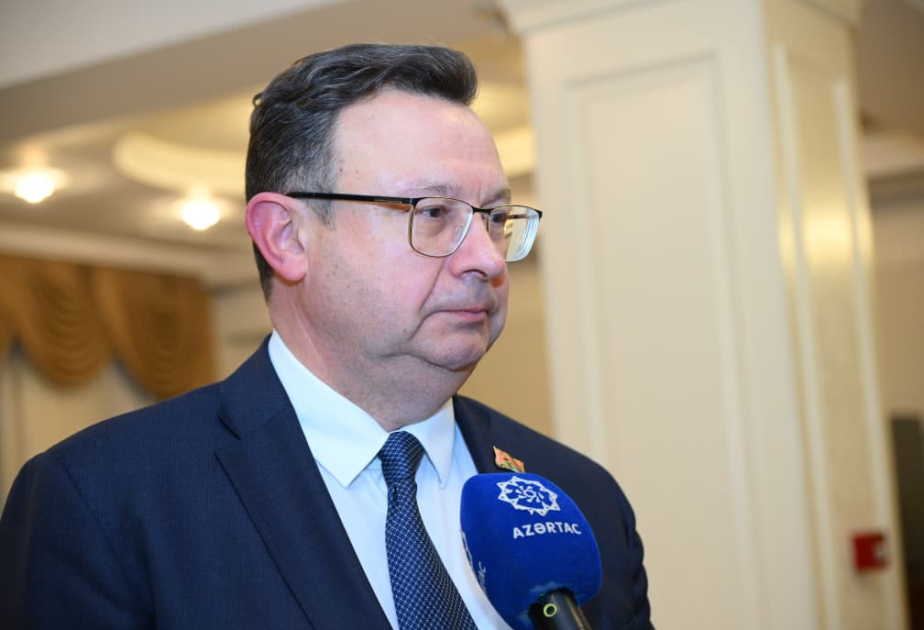
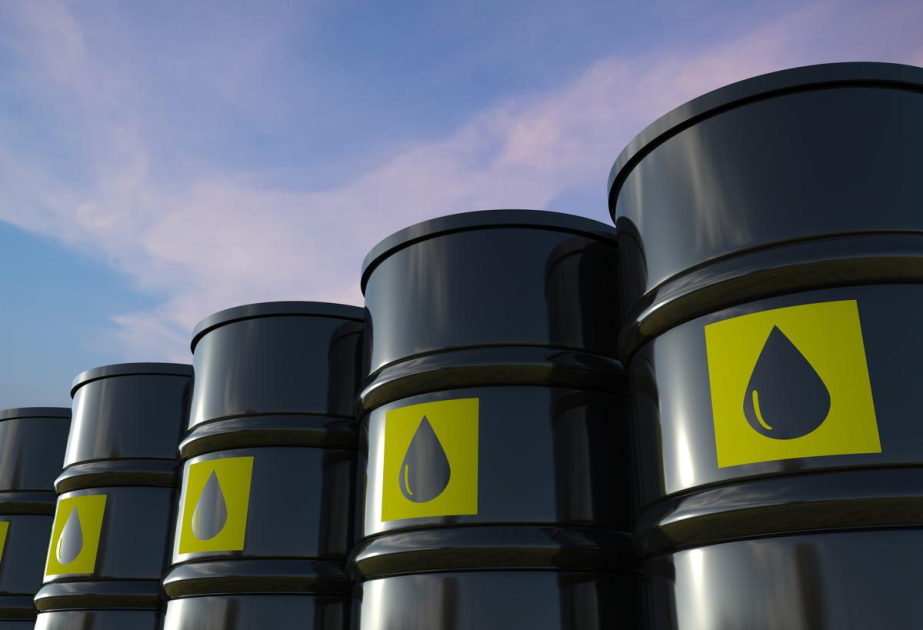

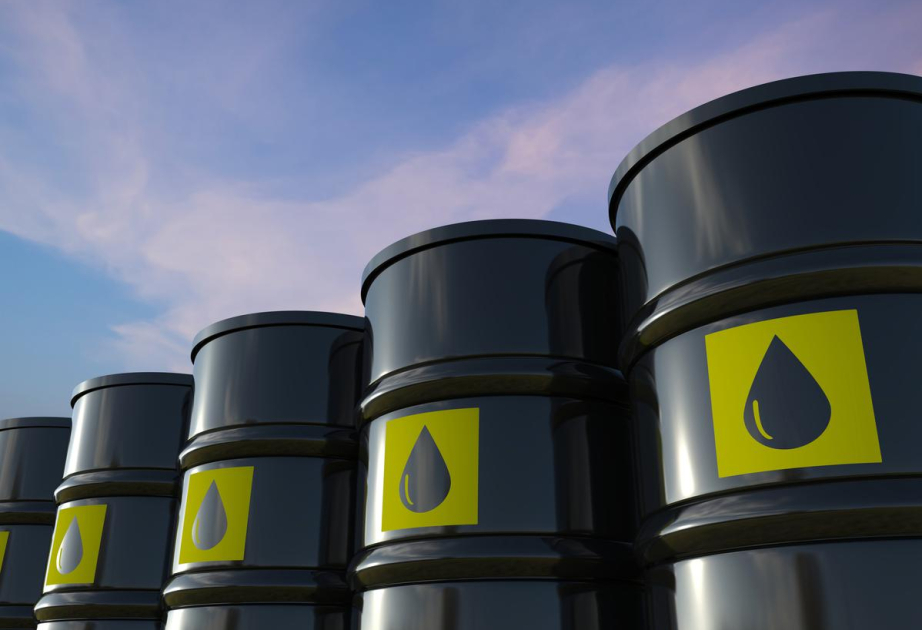

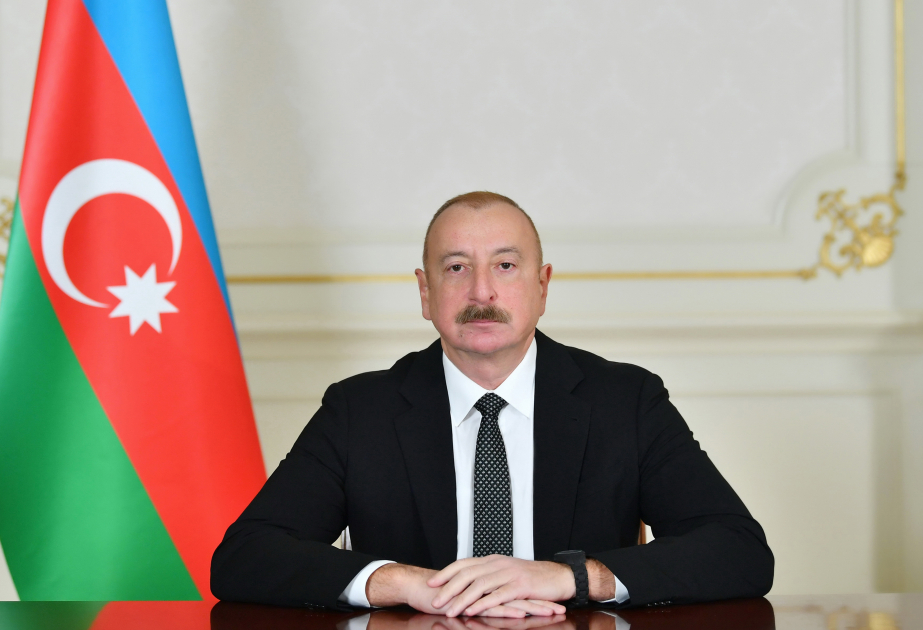
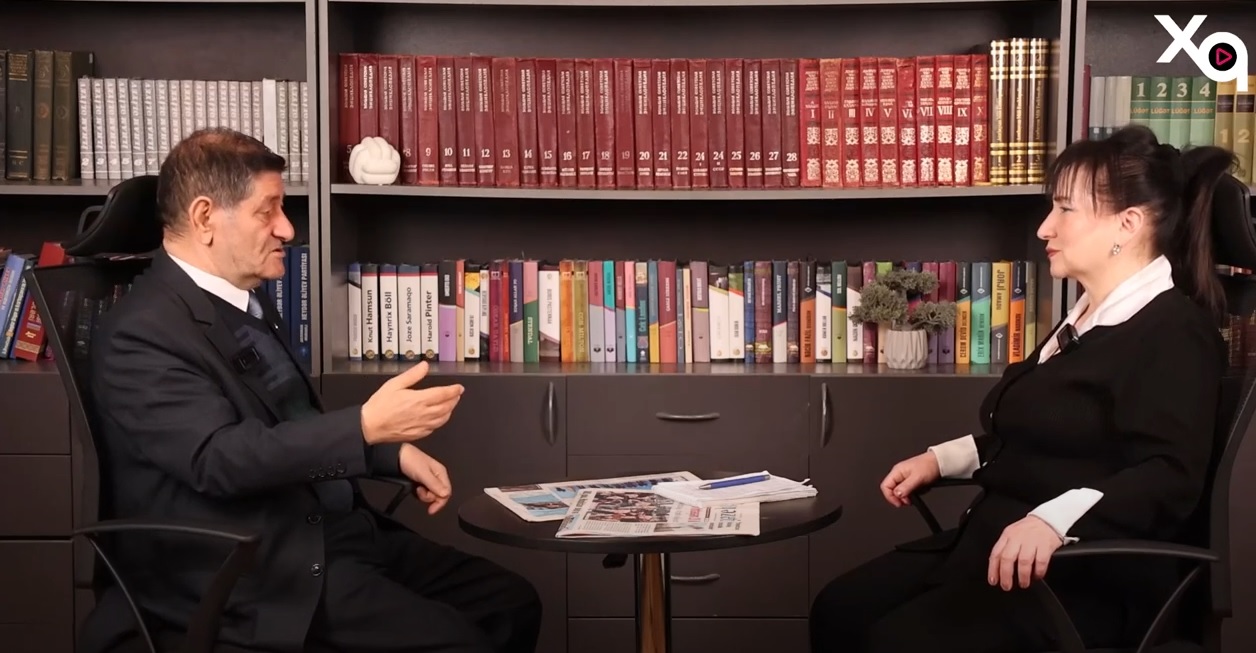
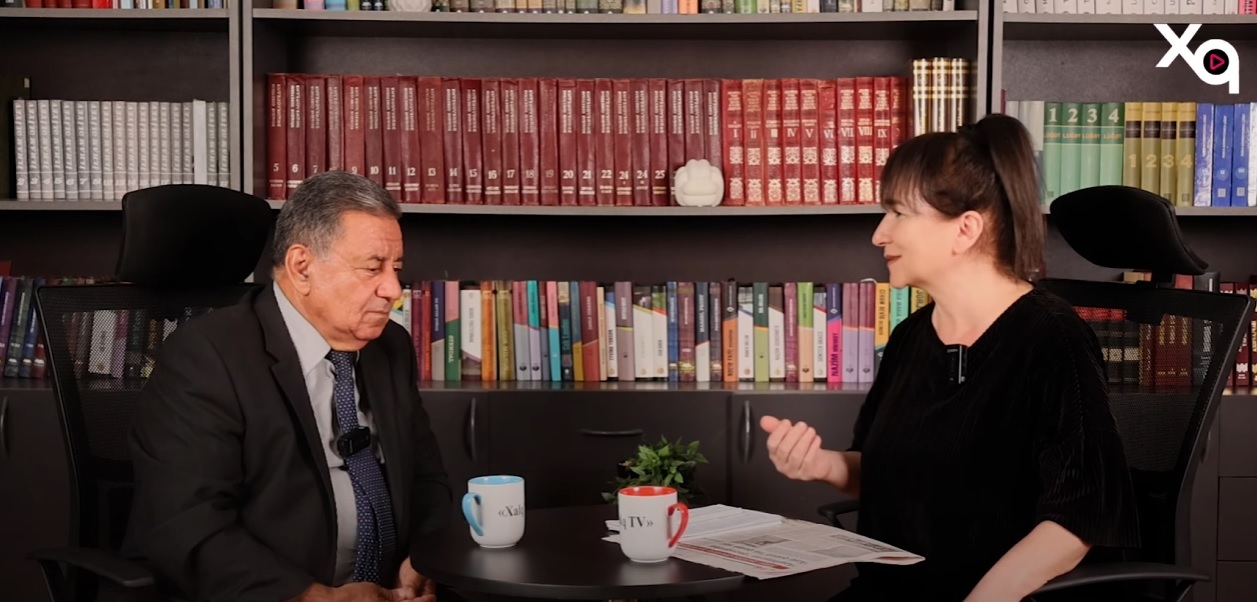
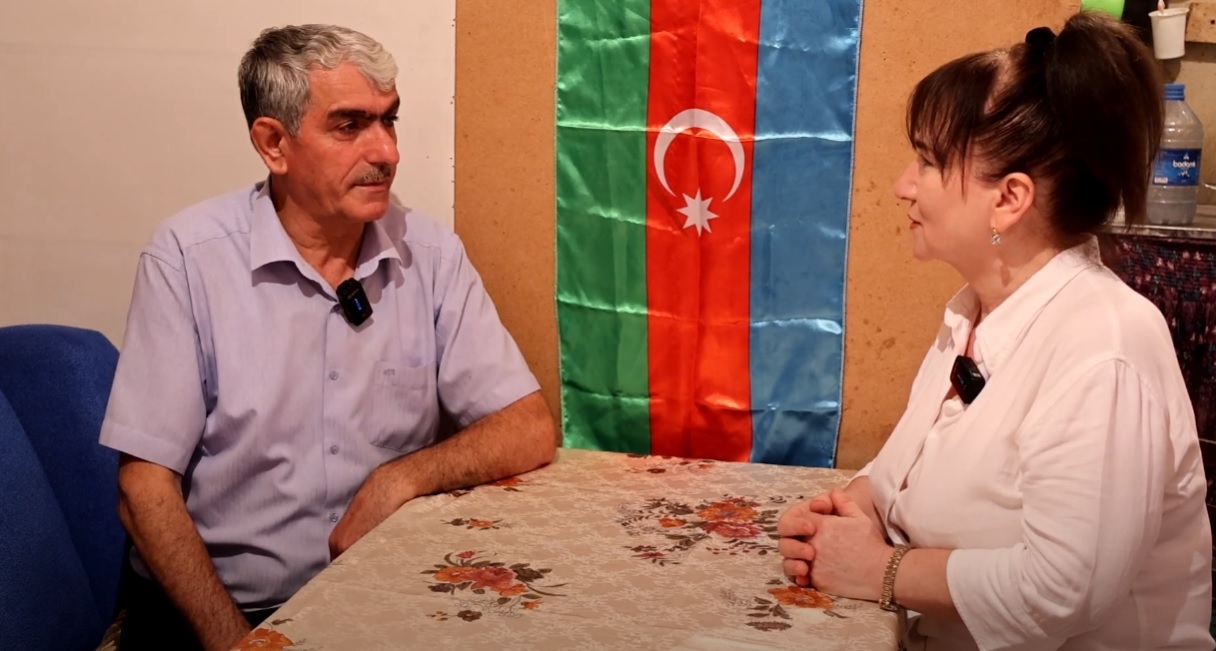
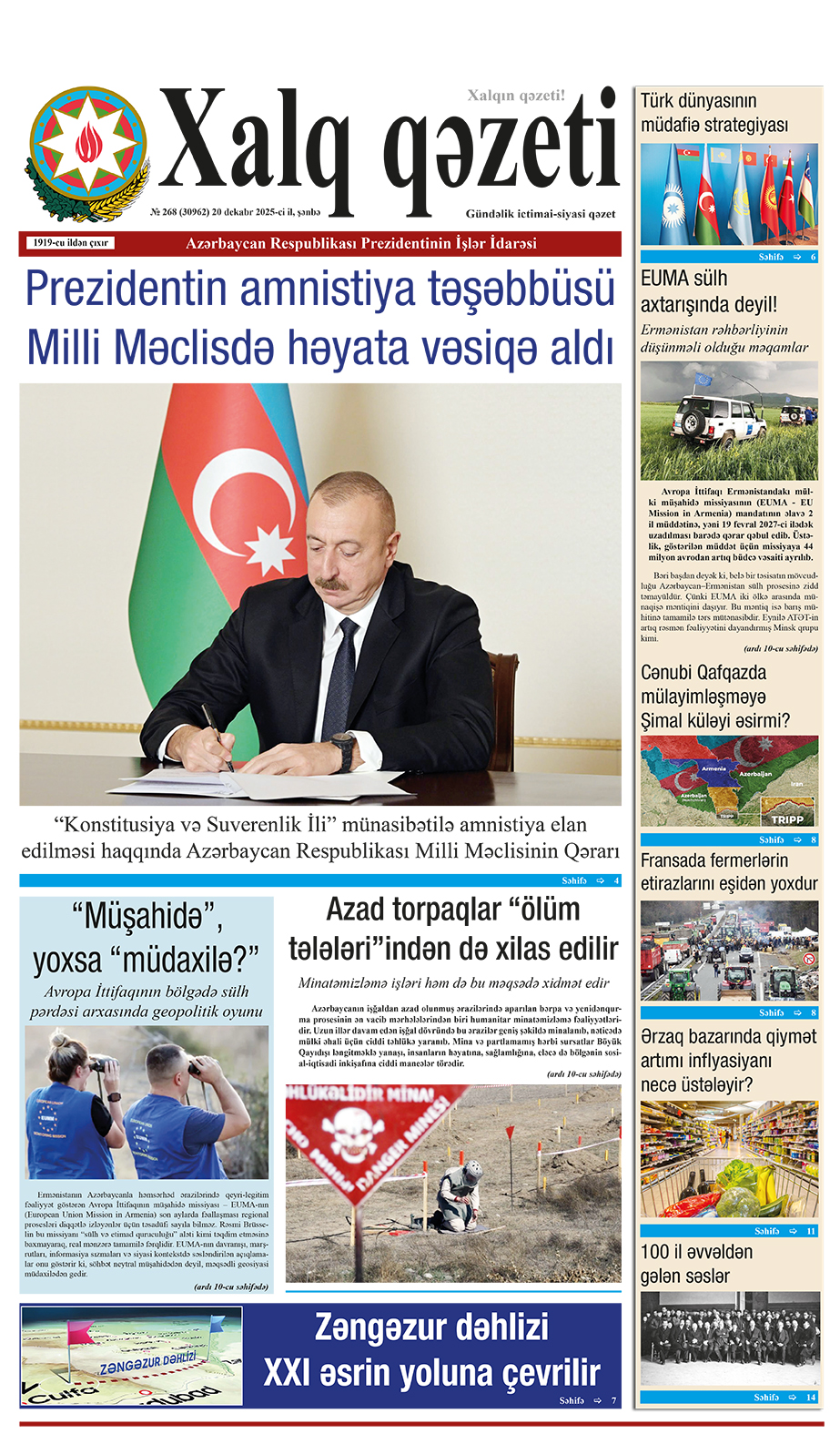
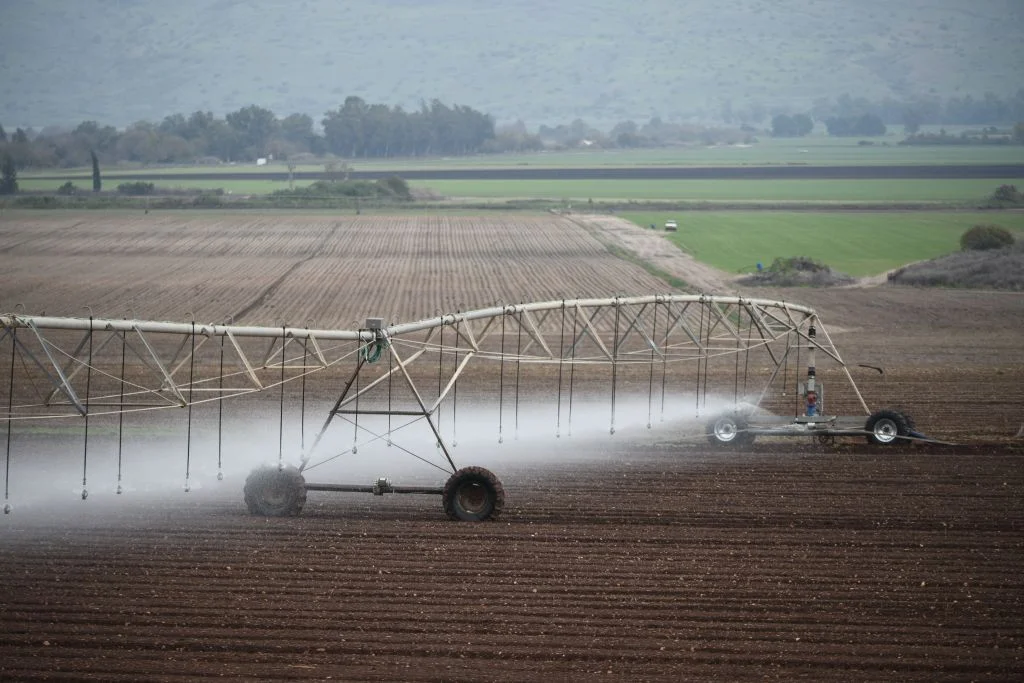
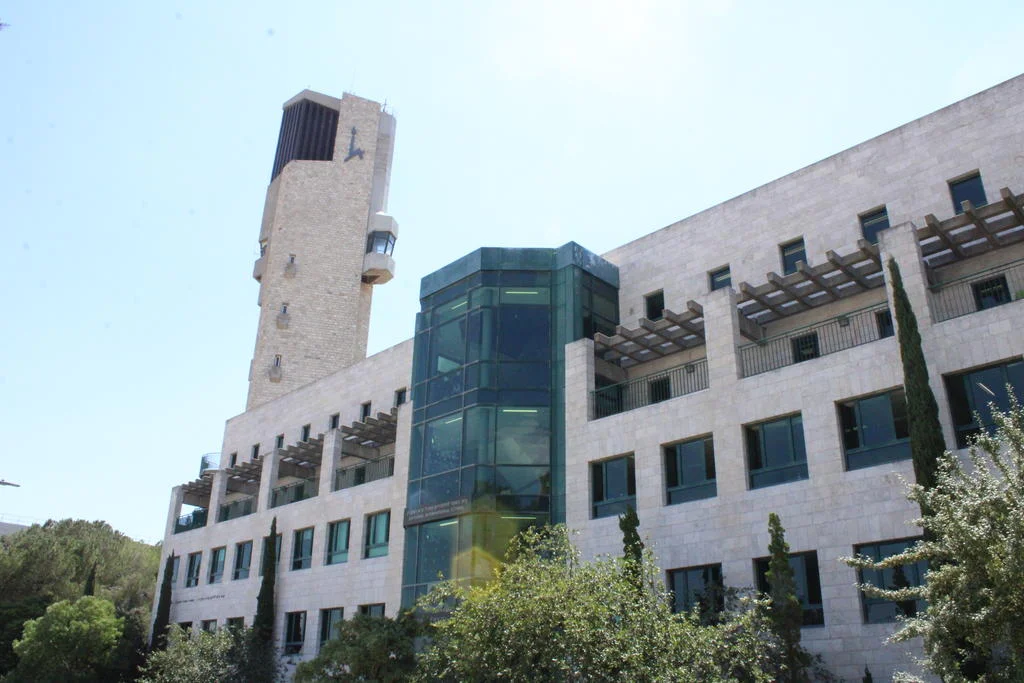
.webp)

